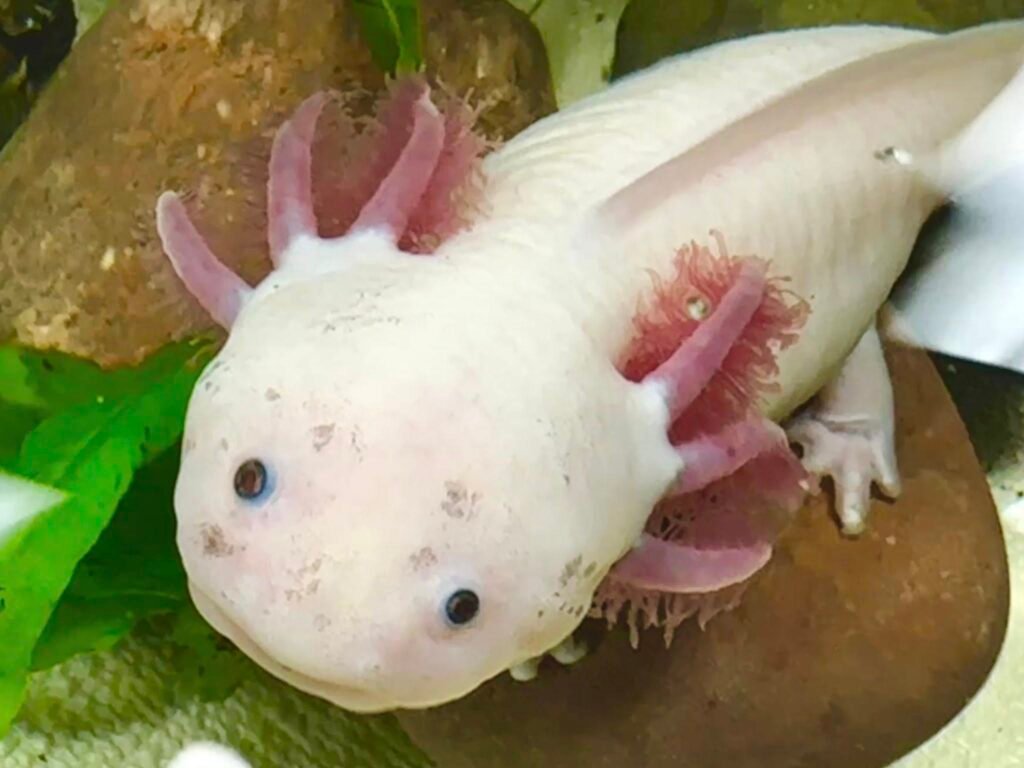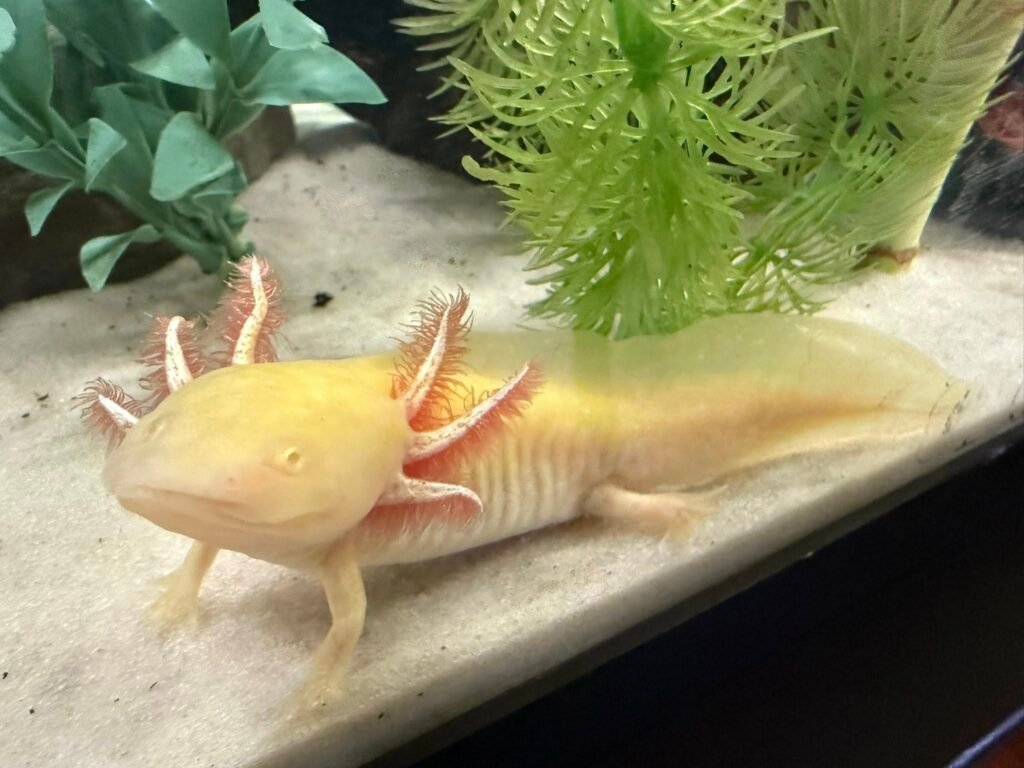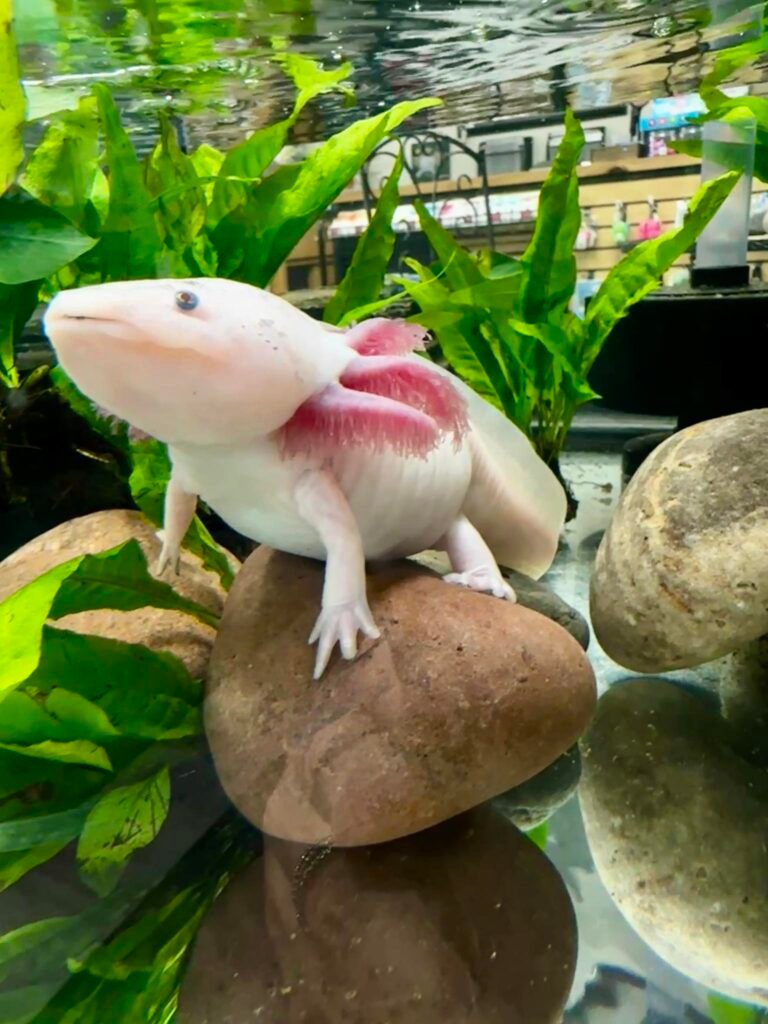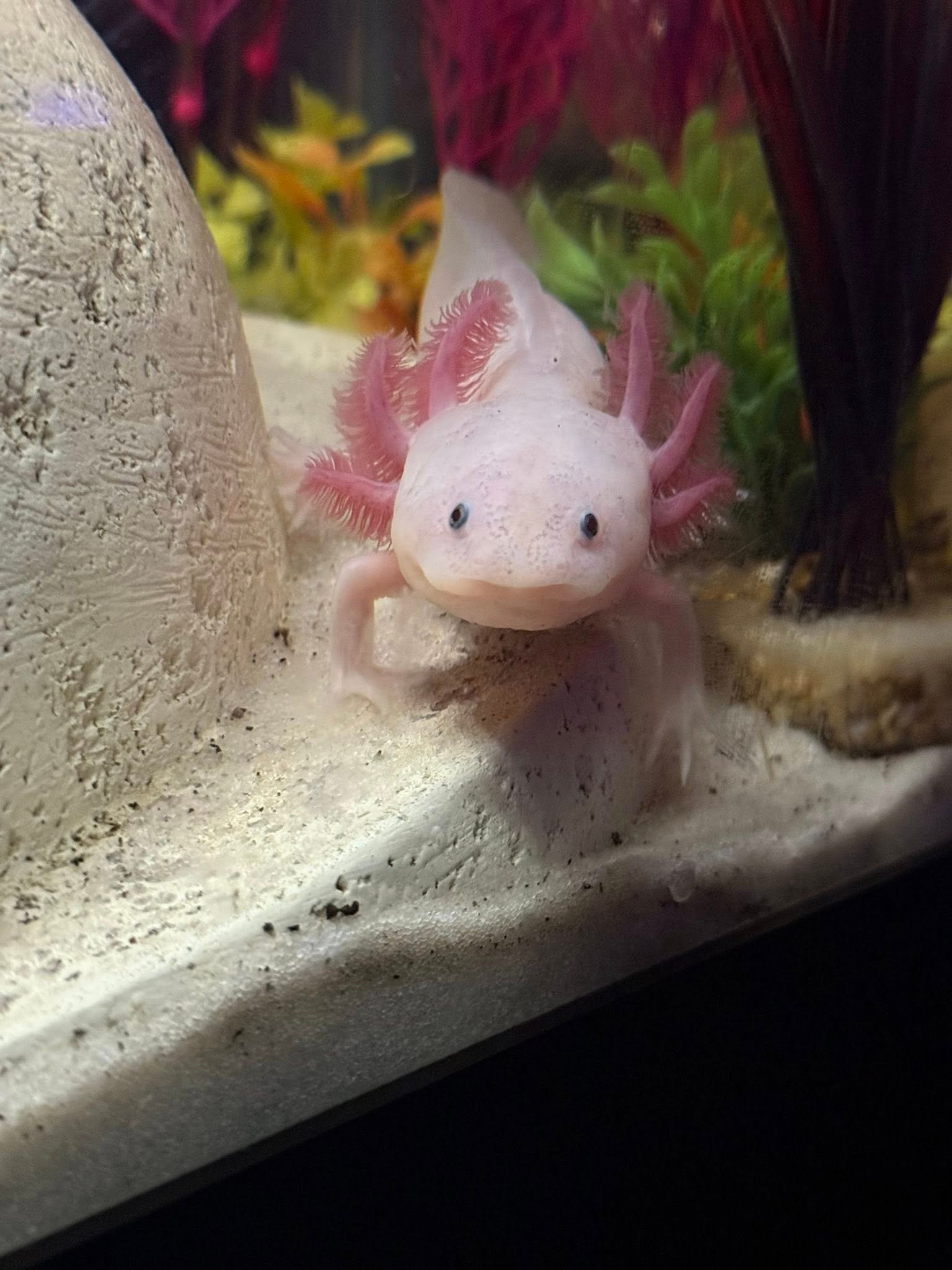DD Animal News – In a win for amphibian underdogs everywhere, scientists just got some good news about a critter that looks like it’s always smiling. Captive-bred axolotls — those quirky, pink-frilled salamanders famous for re-growing limbs — are not just surviving but thriving after being reintroduced into the wild, according to a recent study out of Mexico City.
The research, first reported by NPR, tracked 18 axolotls that had been released into both artificial and restored wetlands in southern Mexico City back in 2017 and 2018. And get this: they weren’t just floundering around. These little guys were catching prey, dodging predators, gaining weight, and generally making the wetlands their new pad.
“This is pretty big news because when you have animals in captivity, they lose a lot of their behaviors,” Alejandra Ramos, the study’s lead researcher, told NPR. “Like, they don’t know how to recognize a predator, they don’t know how to catch prey, and so we were a bit nervous when we released them because we didn’t know if they were going to be able to survive.”
Turns out, they handled it like champs.
Axolotl 101: A Face You Can’t Forget

If you’ve never seen an axolotl, picture a salamander with feathery external gills and a perma-grin. Also called “Mexican walking fish” or “water monsters,” axolotls are native to high-altitude lakes around Mexico City. Their name comes from the Aztec god Xolotl, and while they’ve gained international fame — from science labs to TikTok — they’re in serious trouble in the wild.
According to the Natural History Museum in London, only about 50 to 1,000 adult axolotls remain in their native habitat. Their decline is due to habitat loss, pollution, invasive species, and human collection.
Good News from the Wetlands

What makes this study exciting is not just that axolotls survived, but where they survived: in wetlands either restored or fully man-made. That’s great news for conservation efforts. If axolotls can adapt to these environments, scientists may be able to re-establish populations even in the face of climate change and shrinking natural habitat.
“If axolotls could survive in man-made habitats, it could help scale back the damaging effects of habitat degradation and climate change,” NPR reported.
In other words: build it, and the axolotls might just come.
More Than Just Cute Faces

Beyond their adorable appearance and internet fame, axolotls are biomedical goldmines. Their ability to regenerate limbs — and possibly even organs — has researchers buzzing. They’re also being studied for cancer resistance. So protecting axolotls isn’t just good for nature — it could benefit human health, too.
But for many people, the axolotl deserves saving simply because it’s part of the natural world. Community programs in Mexico have even offered symbolic axolotl adoptions to raise awareness and funding for conservation.
The Takeaway
Axolotls have survived everything from environmental destruction to being scooped up for aquariums. Now, thanks to careful conservation, they’re making a comeback — and looking just as cheerful as ever.
“They’re part of our culture, they’re part of our history. And that makes them really special to us,” Ramos said.
Their message to the world? Don’t count out the little guys. Especially the ones with frilly gills and super-powered DNA.






